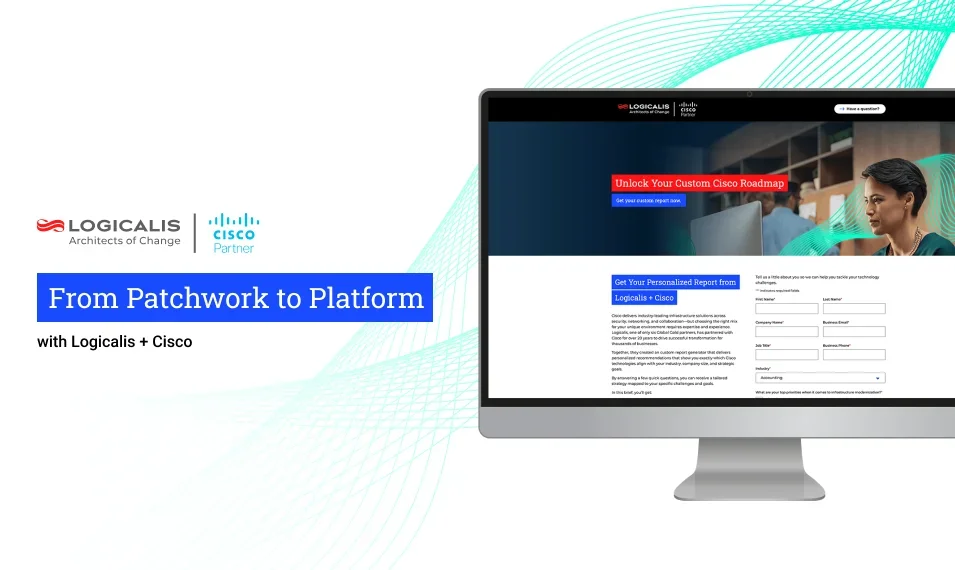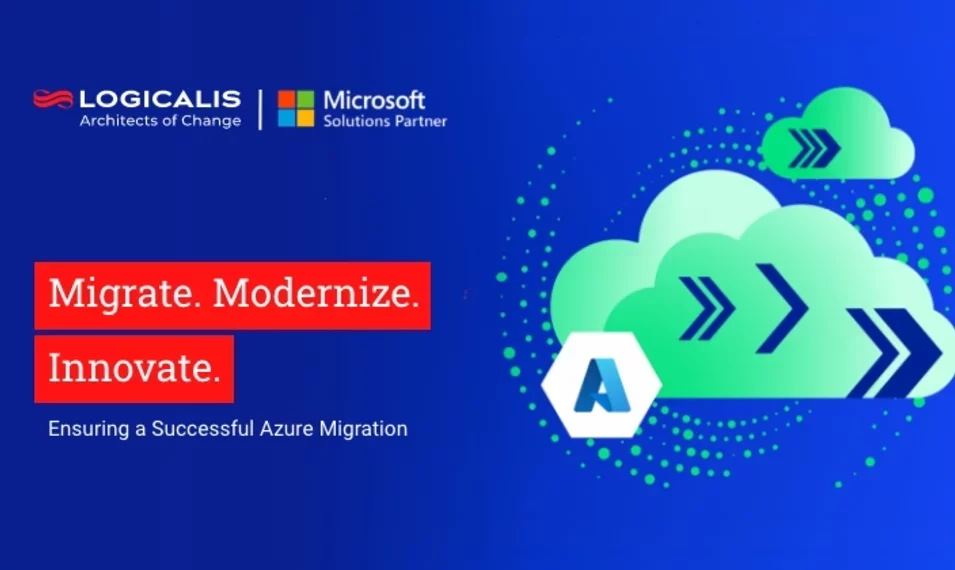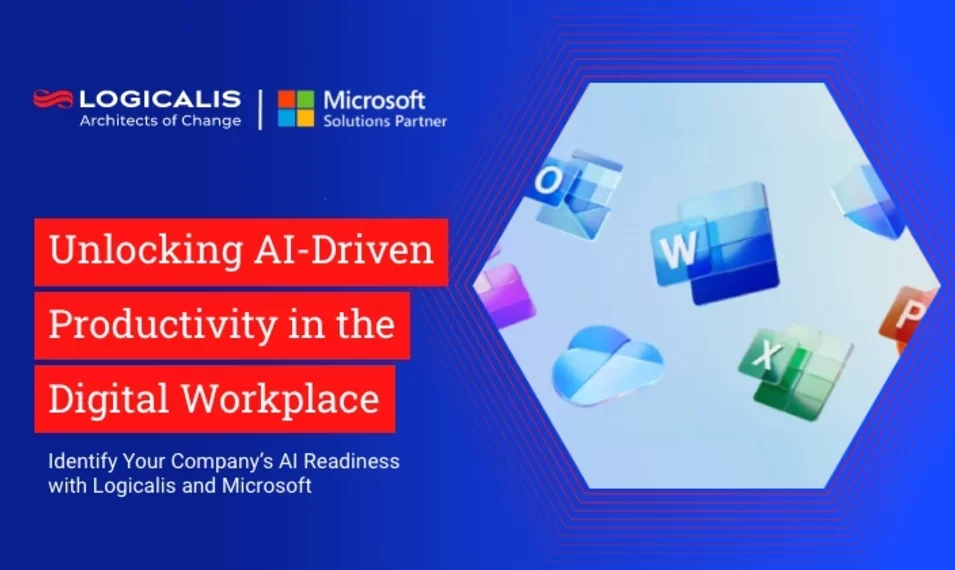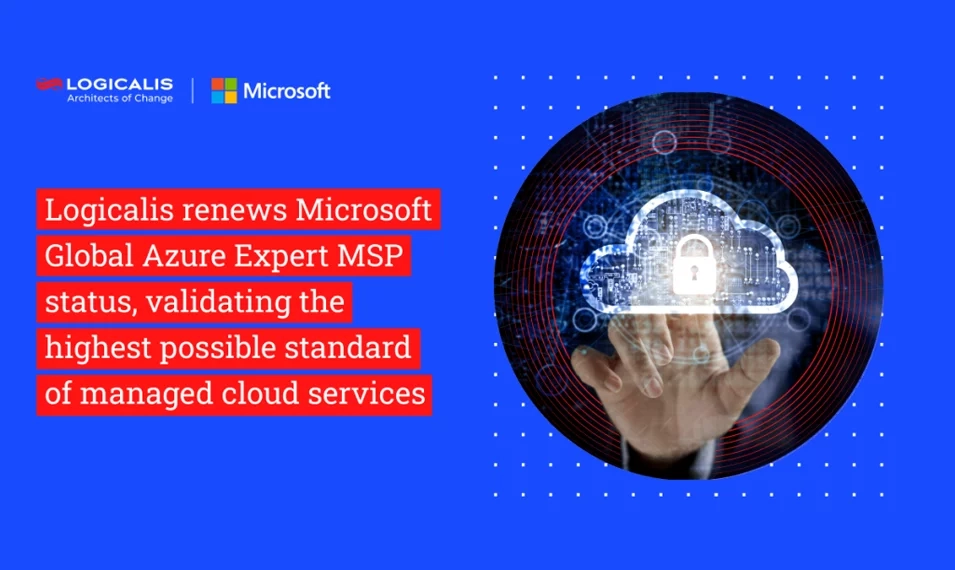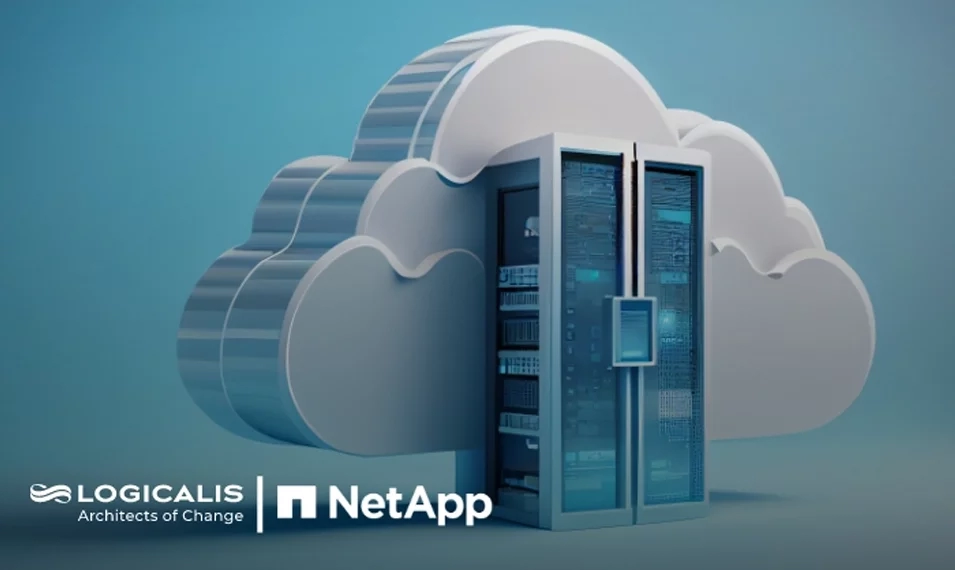
USA, Jan 4, 2019
You’ve decided to take a cross-country trip. To reduce risk and unnecessary costs, you’ll want to pack your car, make sure it’s road ready and plan your route.
Yet when it comes to the cloud and cloud-first deployments, some organizations put the pedal to the metal before they’ve figured out where they want to go.
Taking the time to put together a hybrid cloud roadmap will keep your organization from investing in unnecessary risk and cost.
Eliminate the problem of shadow IT
A recent CIO article cited Gartner in saying that shadow IT comprises 30 to 40 percent of IT spending in large enterprises. Other analysts put the number at 50 percent or more.
Why? The biggest reason is that it’s easy to bypass IT and spin out cloud services with just a company credit card. In other words, traditional IT organizations just aren’t responding quickly enough to business needs.
Having a DevOps team is one way to speed the deployment of new cloud services.
Another way to put the brakes on shadow IT is to find a way to support it. In other words, become your organization’s preferred service provider for fast and “painless” services. If your organization is already maxed out, consider a partner who can help you build the right hybrid cloud strategy.
Take an “eyes wide open,” cloud-right approach
Highly successful IT teams can be a competitive advantage for today’s organizations. These digital leaders, as IDC refers to them, enable digital transformation wherever their workloads reside—a data center, a colocation environment, in the cloud, or at the edge.
In fact, these leaders are 14 times more likely to have repatriated workloads between environments. So look for opportunities to move workloads around to optimize costs, improve resource utilization, and drive greater business agility.
Develop a cloud-right strategy with key stakeholders
Gartner suggested that organizations can outline their hybrid cloud strategy by having key stakeholders collectively consider these questions:
- Where and how should our organization consume cloud computing services?
- How will we access, secure, manage, integrate and govern across hybrid environments?
- How does cloud computing factor into our application strategy and architecture?
- How should our existing data center and infrastructure approaches and technologies change?
- Where will our business become a cloud computing service provider to others?
This information “helps standardize cloud strategy across an organization, while allowing for an approach that will meet the unique needs of different use cases and business units.”
Also, think about adopting a cloud exit strategy. Smaller cloud service providers could disappear in a few years, while larger providers could decide to end their investments in public cloud due to market conditions. Make sure to use your own tools and databases so you can easily part ways when the time comes.
Logicalis: Your cloud-right partner
Logicalis can help your organization apply a cloud-right, “eyes wide open” vendor-agnostic approach to your hybrid cloud infrastructure so you can focus on your core business. We employ a multi-step process to:
- Identify needs – Through our hybrid cloud workshops and assessments, we can help you identify the needs of your internal stakeholders and—with our certified, highly experienced engineers and DevOps professionals—create a hybrid cloud infrastructure solution that meets everyone’s needs.
- Migrate applications and data – We can then uncover all the application dependencies in your organization so that we can smoothly migrate services to the appropriate environment.
- Manage the infrastructure – We can also help you optimize and manage your hybrid cloud infrastructure to ensure that you’re getting the maximum benefit from it.
One solution, HPE OneSphere, features a hybrid cloud management platform delivered as a service. These easy-to-use, self-service tools empower IT, developers and line-of-business leaders to quickly build clouds, deploy apps, and have greater visibility for improved resource utilization, lower costs, and faster responses to changing market conditions.
Read more about how to adopt a high-level, cloud-right strategy in this IDG-sponsored white paper, Getting the Most from Your Hybrid Cloud. Or contact us to schedule your hybrid cloud workshop.






